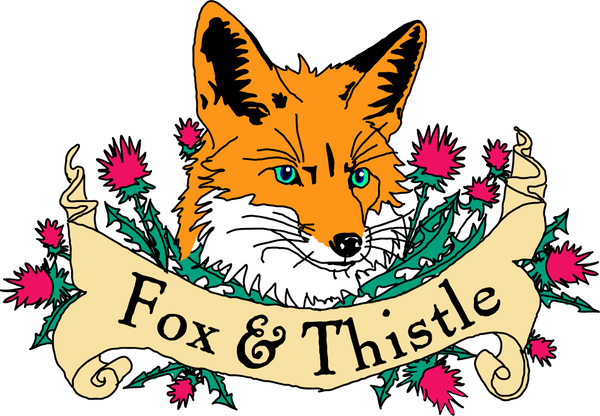The Doomsday Hintercast - Species Edition

As we look back over the last two decades, the natural world has experienced significant and irreversible losses. Species that once thrived across various ecosystems have been driven to extinction, primarily due to human actions—whether through habitat destruction, industrialization, climate change, or poaching. These extinctions not only diminish biodiversity but also serve as a haunting reminder of our impact on the planet. In the following list, we recount the disappearance of several species that have succumbed to these pressures, offering a somber reflection on the ongoing environmental crises shaping the modern world. The last known Pinta Island tortoise, Lonesome George, died in 2012. This species’ extinction was largely due to habitat destruction and hunting. The Galápagos Islands’ delicate ecosystem struggled under pressure from human activity, pushing the species to its final end. [IUCN RedList, Galápagos Conservancy] Once found in China’s Yangtze River, the baiji dolphin was declared functionally extinct in 2006. Industrialization, pollution, and unsustainable fishing practices decimated the population. Efforts to save the species came too late, with the last confirmed sighting occurring over a decade ago. [IUCN Red List, WWF] The Western black rhino was officially declared extinct in 2011 after poaching for its horn, a valuable commodity on the black market, wiped out the last of its population. Conservation efforts couldn’t keep pace with the slaughter that targeted these animals for decades. [IUCN Red List] Spix’s macaw, the inspiration for the animated film Rio, was declared extinct in the wild in 2000 due to habitat destruction and illegal pet trade. While a few individuals remain in captivity, the species’ future in the wild remains bleak. [IUCN Red List, WWF] The Christmas Island Pipistrelle was declared extinct in 2009. This bat species, once abundant on Christmas Island, fell victim to habitat destruction and invasive species, such as cats and rats, which preyed on them. Conservation measures failed to stop the rapid decline. [IUCN Red List] The Bramble Cay melomys, a small rodent found on a tiny island in Australia, was the first mammal believed to have gone extinct due to climate change. Rising sea levels submerged much of its habitat, leaving it without food or shelter. [IUCN Red List, Australian Government] In addition to these species, many others have been declared extinct over the past two decades. Among them are the Yangtze giant softshell turtle (with the last female dying in captivity), the Po’ouli (a Hawaiian bird species last sighted in 2004), and the Formosan clouded leopard, declared extinct after extensive surveys yielded no findings. Species continue to disappear at an alarming rate, largely due to human activity, habitat destruction, poaching, and climate change. Though some attempts are made to preserve critically endangered species, the loss of these unique creatures stands as a stark reminder of the fragility of Earth’s biodiversity.
The Doomsday Hintercast is a section that originally appeared in our original newsletter - The Liminal.




